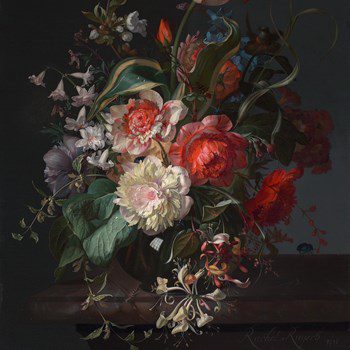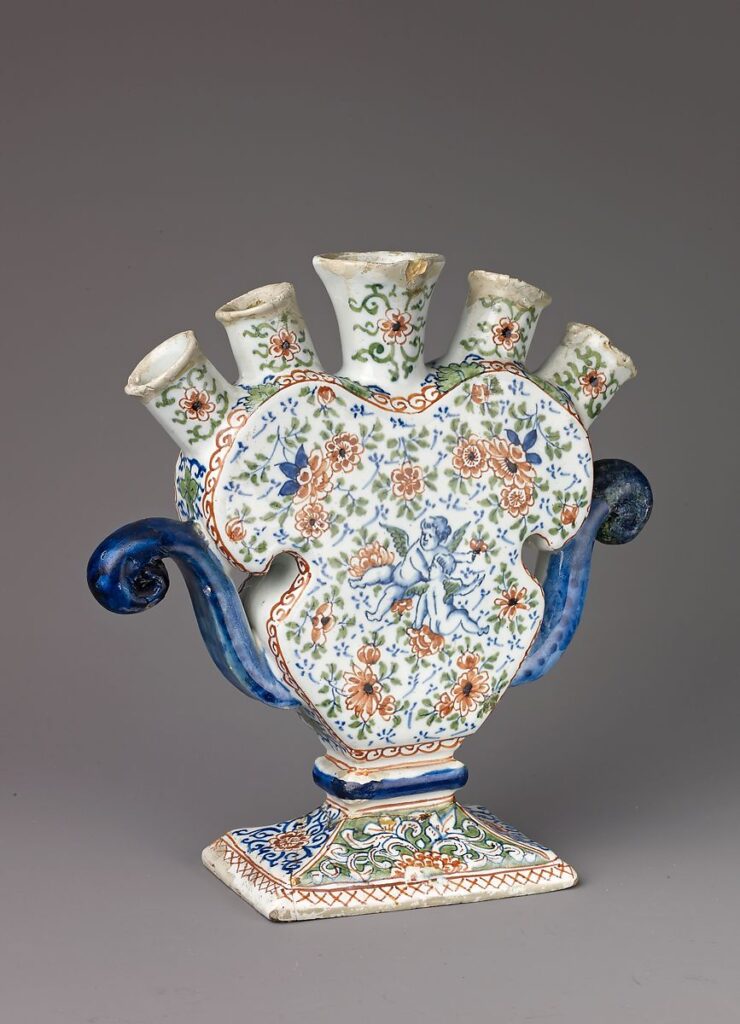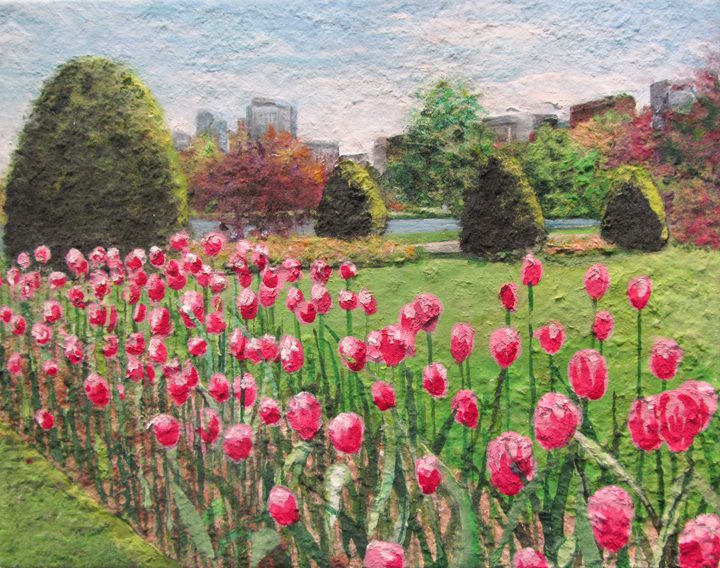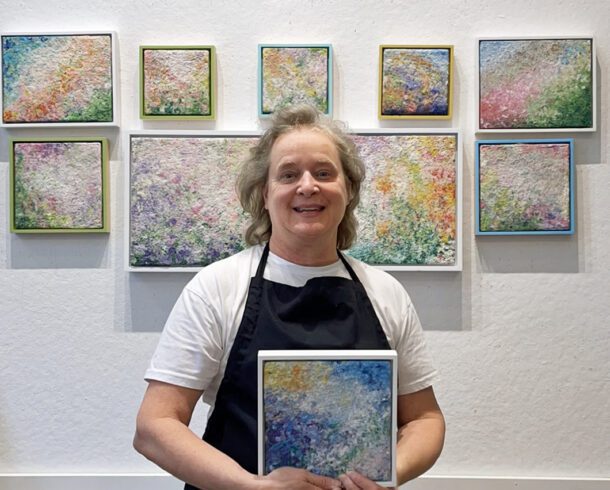During the golden age of Dutch painting (c. 1625-1700) flower paintings symbolized far more than a careful arrangement of blooms. In fact, if you look carefully, the flowers so lovingly rendered in any Dutch painting could never have blossomed at the same time. Artists would carefully sketch flowers as they bloomed throughout the season and then arranged them into a final composition. The attention to detail was essential in an age of scientific observation when artists were hired by scientists to draw in precise detail every line and vein of flowers to be included in botany and biology textbooks. But, as it turns out, flower paintings served more than these functions. And it’s all due to the prominence of the tulip. As Adam Hayes summarizes:
- The Dutch Tulip Bulb Market Bubble was one of the most famous asset bubbles and crashes of all time.
- At the height of the bubble, tulips sold for approximately 10,000 guilders, equal to the value of a mansion on the Amsterdam Grand Canal.
- Tulips were introduced to Holland in 1593 with the bubble occurring primarily from 1634 to 1637.
Rachel Ruysch was born in The Hague, the daughter of the botanist, physician and anatomist, Frederik Ruysch. Her family settled in Amsterdam when she was young and she trained there with the still life painter Willem van Aelst, from 1679.
In the 1680s, Ruysch was influenced by the still life painter Otto Marseus van Schriek, who was famous for his representations of dark forest flora with insects and lizards. Ruysch worked in The Hague from 1701 to 1708, where she was the first female member of the artist’s society, Confrerie Pictura. From 1708 until 1716, she was court painter to the Elector Palatine, Johan Willem, in Düsseldorf. Ruysch was a still life and flower painter. (https://www.nationalgallery.org.uk/artists/rachel-ruysch)
Tulips were so revered by the Dutch that exquisite, and very expensive, tulip vases designed to hold the long stems favorites became an industry craze unto itself. This vase would have cost a small fortune for an upscale family to display in their home.
Known today as “tulip mania” the Dutch fell in love with the spear-like flower first discovered by sea-faring merchants in Arabic lands as early as the 1620’s. By the mid-century, Tulips were trading at a cost of six times the average persons salary, Tulips became so synonymous with wealth, that no garden of a wealthy person was complete without a bed of tulips. At its height, ten tulip bulbs could cost as much as a townhouse in Amsterdam. As word got out about the high cost of tulip bulbs, the cost skyrocketed until it collapsed by the mid 17th century.
Despite the collapse of the tulip market, tulips remain synonymous with the Dutch and the tulip festival is now a staple of Dutch culture. By the mid 19th century, tulips graced public gardens throughout the United States, including the first public garden in America, the Boston Public Garden, est. 1857.
References:
https://www.investopedia.com/terms/d/dutch_tulip_bulb_market_bubble.asp
The Library of Economics and Liberty. “Ch. 3, The Tulipomania.” Accessed Aug. 6, 2021.
Hayes, Adam, Dutch Tulip bulb Market Bubble
https://www.bbc.com/culture/article/20160419-tulip-mania-the-flowers-that-cost-more-than-houses




